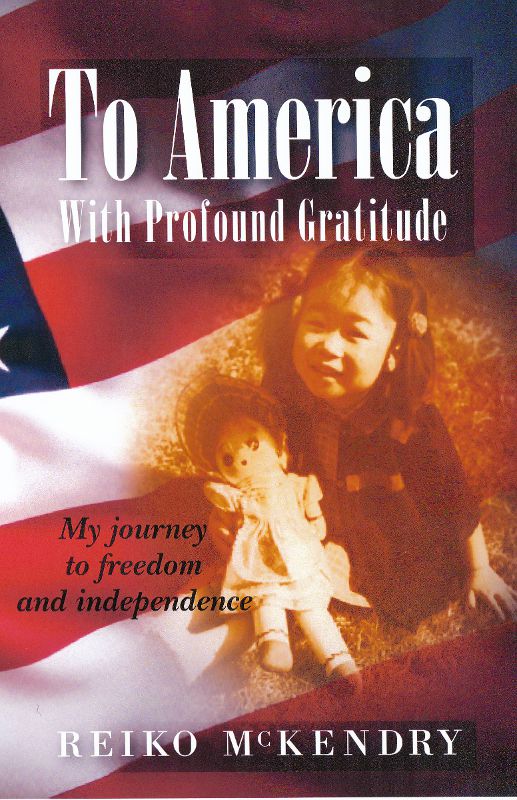For the last few months, the event that has been dominating the news is the migration of four million people escaping Syria into Europe. The news media is describing this as the worst humanitarian crisis since World War II. I cannot fathom what it’s like to have to escape from your own country due to life-threatening events that are beyond your control.
Nor can I imagine what it’s like to be faced with tens of thousands of refugees coming into your country where you have always lived in peace, having to deal with and clean up after the uninvited people’s discards, messes, and stench. As if that were not enough, for the massacre in Paris on November 13, 2015, ISIS (Islamic State in Iraq and Syria) has claimed responsibility. Not surprisingly, as of this writing, it is reported that at least one of the bombers came into France recently as a refugee, as part of the migration crisis.
The migration problem was created as a result of the internal war in Syria, supposedly, against ISIS. President Bashar al-Assad’s solution for Syria was to bomb the areas in which those who opposed his policies resided. It is my understanding, however, that it was not exactly focused solely on crushing ISIS.
While hindsight is 20/20, I don’t understand why the rest of the world did not choose to crush ISIS at its origins; i.e., Iraq and Syria. Now that they are spreading all over Europe, and into the United States as well albeit in a smaller scale, the threat of ISIS, the evil of humanity, makes us feel as though we were at the cusp of entering into a prolonged, global unrest.
This situation made me curious to find out more about a period in Japan’s long history, known as Sengoku Jidai – roughly translated as the period of warring factions – which lasted for over 100 years between 1467 and 1603. It was a horrific period for anyone to live through. And, yes, beheadings took place, too. Each head was presented to the faction leader as proof of enemy leader’s death.
To the extent that today’s events and what had happened over five-hundred years ago in Japan are both prolonged conflicts, I wanted to understand what the cause was, why it had lasted for so long and, lastly and perhaps most importantly, what had brought the prolonged conflicts to an end. While there is no way I can do justice to the actual events, I will attempt to answer each of these questions with a nugget of what I had gleaned from my research.
But first, just to give you a perspective as to what other major events were happening in the rest of the world during Japan’s Sengoku Jidai, here is a brief list:
- 1492: Columbus discovered America.
- 1522: Magellan’s expedition completed circumnavigating the globe.
- 1543: Copernicus formulated a model of the universe that placed the Sun, rather than the Earth, at the center of the universe.
- 1583: Galileo discovered the laws of pendulum motion.
- 1584: England began colonizing America.
Now, back to the Q&A. What was the original cause of the conflict?
- As in almost all conflicts, it was caused by the power vacuum that was created when the existing governing bodies in various regions lost their effectiveness. In most cases, the conflicts started out because of the ever-increasing taxes (paid in rice harvest) when former subordinates revolted against their rulers.
- Whenever a power vacuum is created, others rise to fill it. This is the reality of human existence.
Why did the conflict last for over 100 years?
- As with most power grabs, it lasted until the strongest and most fit to rule the country, with the ability to unite all of the regions, emerged.
- What I am about to comment is not meant to make light of the human tragedies Japanese ancestors had suffered but the period of warring factions seems as if it were a series of regional contests to see who would rise to the top. Survival of the fittest, if you will.
What had brought the prolonged conflicts to an end in the year 1600?
- It ended when a leader with the strongest military power to rule the country had emerged. A few footnotes follow:
- That leader is known as the Shogun, or chief military commander.
- Thereafter, the Shogun became a hereditary position (of the Tokugawa family) until it was abolished in 1867.
- Not so incidentally, for over 200 years during the Shogun’s rule, Japan chose to keep its borders closed to the rest of the world – to keep out unwanted advances by those who aspire to colonize the country. (Remember, this decision was made because the rest of Asia was being colonized one after another by European countries.)
One disconcerting aspect of this historical example during the 1500s in Japan is that many people become subjected, by brutal force, to be at the whim of those who aspire to have control over them. Today, in the 21st century, similar situations have been happening in Africa, Middle East, Asia, and are expanding into European and American continents. The civilization as we have known it since the end of World War II is at risk.

